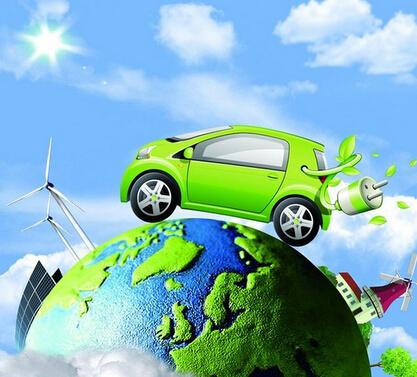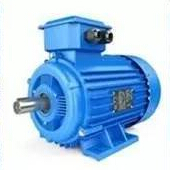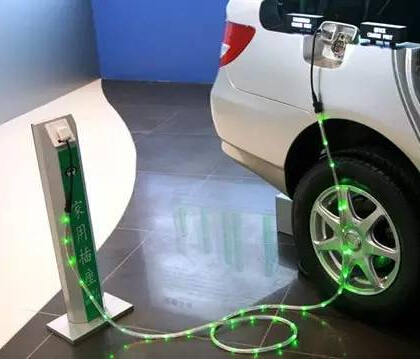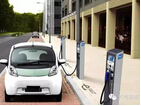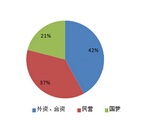Data show that in November 2018, sales of new energy vehicles increased by 68% year-on-year to 1.03 million units, exceeding 1 million units, which means the official rise of China's new energy vehicle market.

New energy car companies have also become the darling of the market. In September 2018, Weilai Automobile and Beiqi New Energy successively went on the market, and they just showed the current two development models of China's new energy vehicles.
However, with the decline in subsidies, the new energy industry in 2019 will transition from “policy-oriented” to “market-oriented”. Xiao Yue, a long-time auto researcher, told reporters that the growth of new energy vehicles in 2019 will slow down, but the increase is expected to exceed 40%.

Through the simple comparison of the two "electric vehicle first shares" at the user level, it shows two development models of China's new energy vehicles.
"Policy-oriented" transition to "market-oriented"
However, just as the domestic new energy industry is enjoying the spring breeze, Xu Haidong, assistant secretary-general of the China Association of Automobile Manufacturers, recently revealed that the subsidy for new energy vehicles in 2019 should be reduced by at least 30% on the basis of this year. New energy subsidies will further reduce subsidies in the future, and the day after the cancellation of new energy subsidies may not be too late.
In fact, the amount of subsidies in 2014 and 2015 decreased by 5% and 10% respectively compared to 2013. For example, the 250-kilometer cruising range model will be subsidized by a total of 110,000 yuan in 2016. By 2018, only about 50,000 yuan will be subsidized.
It can be seen that the new energy industry in 2019 will transition from “policy-oriented” to “market-oriented”.
















 RCCN WeChat QrCode
RCCN WeChat QrCode Mobile WebSite
Mobile WebSite